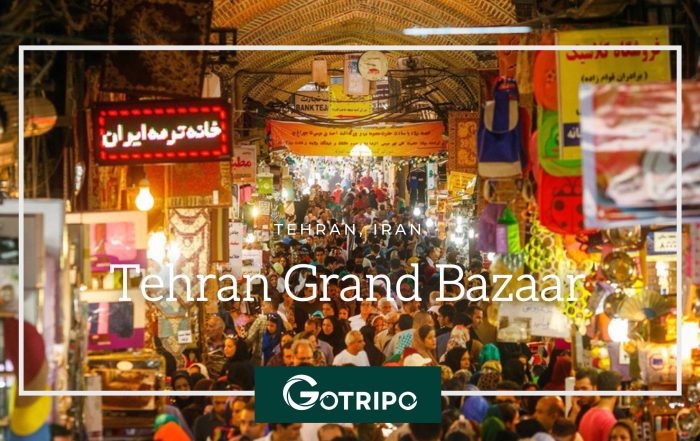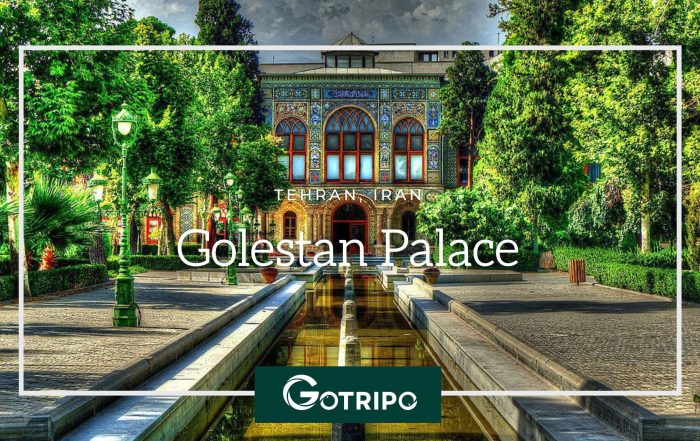Si-O-Se Pol Bridge in Isfahan (IRAN)
Nestled in the historical heart of Isfahan, Iran, the Si O Se Pol Bridge stands as a monumental symbol of Persian ingenuity, culture, and aesthetics. Also known as the Bridge of 33 Arches, this architectural gem spans the Zayandeh River, reflecting both literal and metaphorical brilliance. Whether you’re a history enthusiast, an architecture lover, or a casual traveler drawn by charm, Si O Se Pol is not just a bridge—it’s a story carved in stone.
History of the Si O Se Pol Bridge
More than 400 years old, this bridge has transcended time to remain a beloved Iranian icon. Locals and tourists alike stroll its length, captivated by its rhythmic arches and the serenity of the river flowing beneath. In this guide, we will delve deep into the past, explore its present, and ponder its promising future.

Significance of Si O Se Pol Bridge Iran
Built during the Safavid dynasty, Si O Se Pol was more than just a means of crossing a river—it was a strategic, cultural, and aesthetic centerpiece of Shah Abbas I’s urban vision for Isfahan. The name “Si O Se Pol” directly translates to “33 Bridge,” referencing the number of arches that stretch across the water, symbolizing harmony and balance.
The bridge was constructed around 1602 CE under the patronage of Shah Abbas I, one of Iran’s most celebrated rulers. Commissioned as part of a greater effort to beautify Isfahan and make it the Safavid Empire’s grand capital, it was entrusted to his trusted chancellor, Allahverdi Khan.

Read more: Where Is the Tomb of Hafez?
Architectural Marvel of Si O Se Pol Bridge Iran
The Si O Se Pol Bridge is a testament to the architectural prowess of the Safavid era. Stretching approximately 297 meters in length and 14 meters in width, it is the longest bridge in Isfahan. Its 33 arches are not only structurally significant but also add to its aesthetic appeal, creating a rhythmic pattern that is both functional and visually captivating.
Constructed primarily from stone and brick, the bridge showcases the traditional Persian architectural style. The two-tiered design includes a lower level that was used during times of high water flow and an upper level that served pedestrians and facilitated social gatherings. The bridge’s design also allowed it to function as a dam, regulating the flow of the Zayandeh River.
Cultural Symbolism of Si O Se Pol Bridge Iran
Beyond its architectural significance, Si O Se Pol holds a special place in the cultural and social fabric of Isfahan. It has been a gathering place for centuries, where locals and travelers alike come together to socialize, celebrate, and reflect.
The bridge has inspired countless artists, poets, and musicians, becoming a symbol of love, connection, and the passage of time. Its presence in Persian literature and art underscores its importance as more than just a physical structure—it is a living embodiment of Iranian culture and heritage.

Read more: Niavaran Palace Historical-Cultural Complex in Tehran
Why Visit Si O Se Pol Bridge Iran Today?
Visiting Si O Se Pol offers a unique opportunity to experience a piece of living history. The bridge is especially enchanting at night when it is illuminated, casting reflections on the river and creating a magical ambiance. Walking along its length, one can feel the whispers of the past mingling with the vibrant energy of the present.
The surrounding area is rich with attractions, including traditional teahouses, gardens, and other historical sites. Whether you’re interested in photography, history, or simply soaking in the atmosphere, Si O Se Pol provides a memorable experience.
Best Time to Visit Si O Se Pol Bridge
The ideal time to visit Si O Se Pol is during the spring and autumn months when the weather is pleasant, and the Zayandeh River is at its most picturesque. Early mornings and evenings offer the best lighting for photography and a more tranquil experience.
Experiencing Night Views and Lighting
At night, Si O Se Pol transforms into a luminous spectacle. The strategic lighting highlights the arches and casts a shimmering

Read more: Tabiat Bridge in Tehran
What are Si O Se Pol Nearby Attractions?
- Naqsh-e Jahan Square: A UNESCO World Heritage site featuring stunning examples of Islamic architecture.
- Khaju Bridge: Another historic bridge known for its intricate tile work and design.
- Chehel Sotoun Palace: A beautiful pavilion set in a lush garden, reflecting the grandeur of the Safavid era.
Conclusion:
The Si O Se Pol Bridge (Iran) is far more than a historical crossing—it is a cultural heartbeat, an architectural triumph, and a living narrative of Persia’s glorious past. As it gracefully arches over the Zayandeh River, this bridge continues to connect not just the two sides of Isfahan, but also the past and the present, tradition and modernity, locals and visitors.
Its 33 arches are not only marvels of design but silent storytellers of centuries of Persian life, poetry, and celebration. Every stone and shadow reflects the brilliance of the Safavid dynasty’s vision, especially that of Shah Abbas I and his visionary architects.
In today’s fast-changing world, preserving monuments like Si O Se Pol isn’t just about bricks and mortar—it’s about honoring identity, history, and collective memory. Whether you visit for its beauty, story, or serenity, this bridge will leave you inspired and awestruck.
So, when you find yourself in Isfahan, walk on this iconic bridge. Let the whispers of the past guide your steps, and allow yourself to be part of the ever-unfolding story of Si O Se Pol Bridge Iran—a timeless masterpiece still standing strong.
FAQs about Si O Se Pol Bridge
-
What does “Si O Se Pol” mean?
“Si O Se Pol” translates to “33 Bridge” in Persian, referring to the bridge’s 33 arches.
-
Who built the Si O Se Pol Bridge?
It was built under the rule of Shah Abbas I of the Safavid dynasty and supervised by his general, Allahverdi Khan.
-
When was the Si O Se Pol Bridge constructed?
Construction began around 1602 CE during the early 17th century.
-
Is the Si O Se Pol Bridge open to visitors?
Yes, the bridge is open to the public and is a popular tourist attraction in Isfahan.
-
Can you walk across the Si O Se Pol Bridge at night?
Absolutely. It’s beautifully illuminated at night and is a favorite spot for locals and tourists alike.
-
What makes the Si O Se Pol Bridge architecturally unique?
Its 33 symmetrical arches, dual-level structure, and traditional Persian design make it one of the most iconic examples of Safavid-era engineering.
news via inbox
Subscribe to receive the best offers, travel guides, and hot deals!







